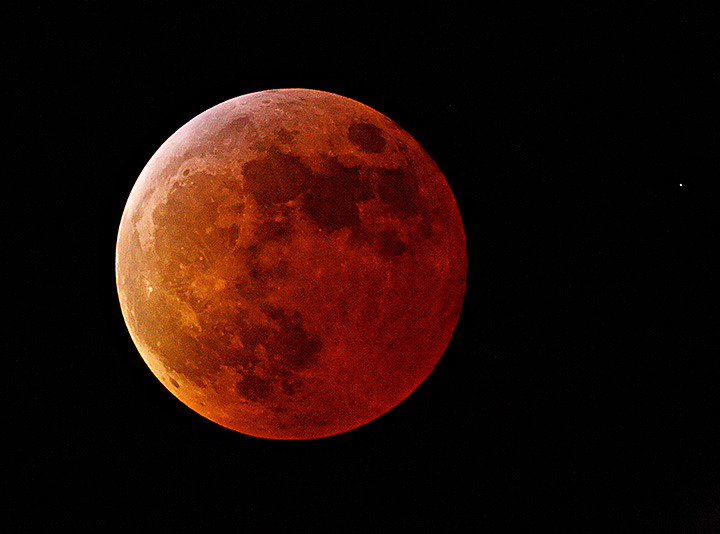Mike Shimwell
New member
I dug out an old (2007) picture of a full lunar eclipse. This was shot at iso3200 and about 2 seconds iirc, using an 1800mm Maksutov cassegrain mirror scope and my 5D. I've actually got a series as it went into eclipse - moving the iso rapidly - and probably ought to revisit some as the noise reductoin capability of raw software has improved somewhat since then.
The colour is genuine, albeit with a little bit of extra saturation arising from increased contrast.
And Jim's right, the moon moves out of frame pretty quickly at these focal lengths. I'm fortunate in that my scope tripod has a sidereal motor drive, which can keep it pretty still for 2 to 3 second exposures.
Mike
The colour is genuine, albeit with a little bit of extra saturation arising from increased contrast.
And Jim's right, the moon moves out of frame pretty quickly at these focal lengths. I'm fortunate in that my scope tripod has a sidereal motor drive, which can keep it pretty still for 2 to 3 second exposures.
Mike
2007 Lunar Eclipse - Mike Shimwell


